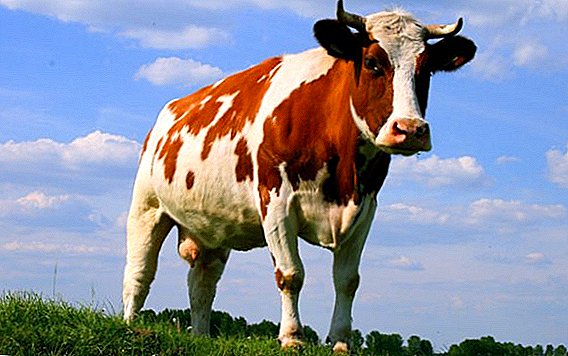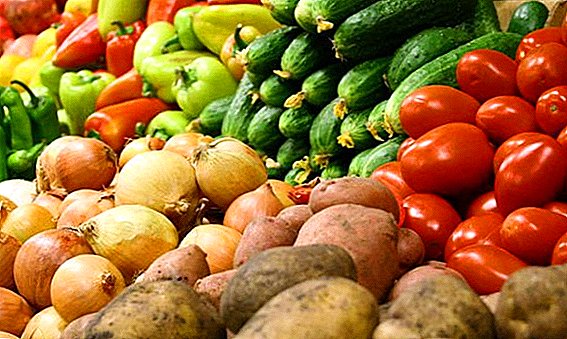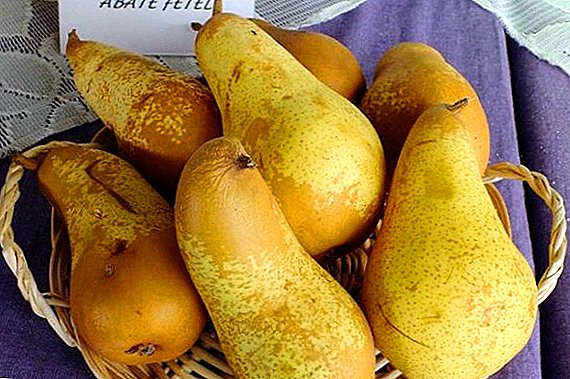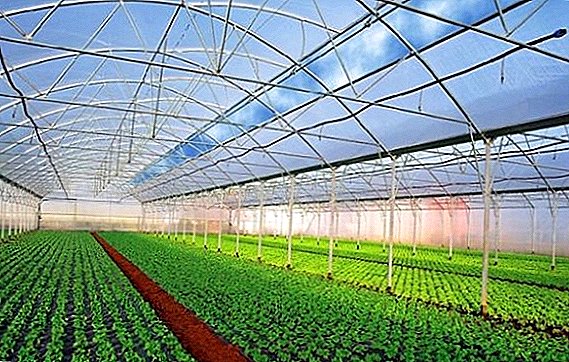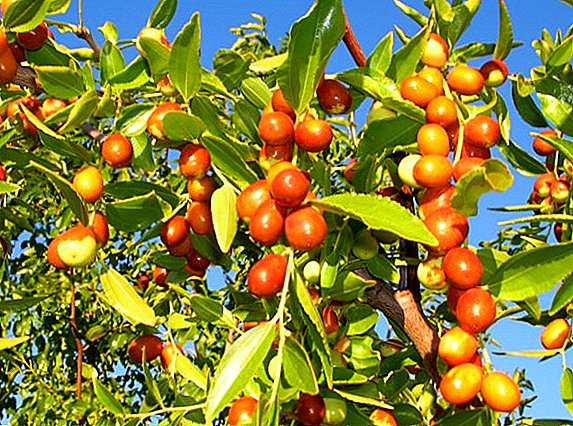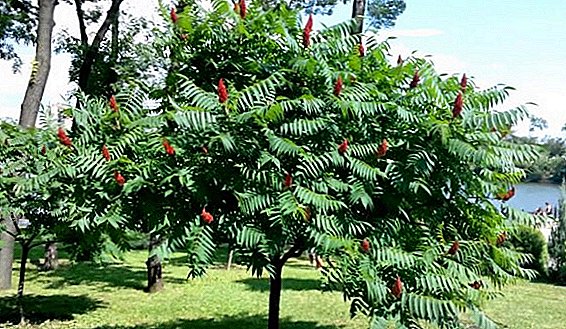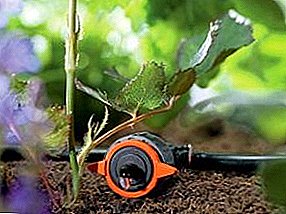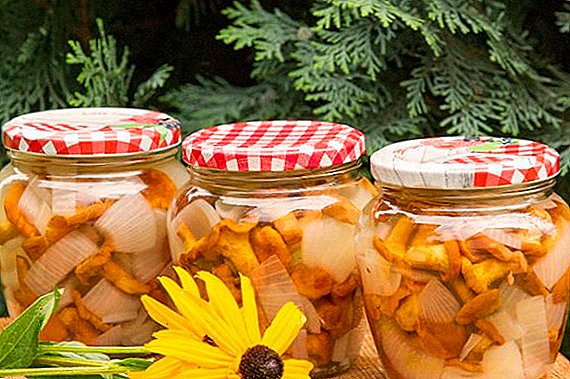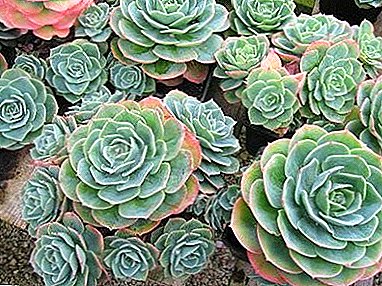
Echeveria- original succulent plant. Distributed in Mexico and America. The name was given on behalf of the artist Atanasio Eheverría, who painted the Mexican flora.
Echeveria is a genus of perennial herbaceous plants, belongs to the Crass family. It has succulent, succulent leaves that are more or less densely assembled into a rosette. It can be basal or at the top of the stem of different lengths. Sometimes it looks like a short shrub.
People Ehiveriya called "stone flower" or "stone rose."
Views from the photo
In the genus Echeveria includes a large number of species and varieties. All of them are united by fleshy leaves that accumulate moisture. Species differ in size, shape and color of the leaf plate, the presence or absence of the stem, the color of the flowers.
Agavoid (Echeveria Agavoides)
Distributed this species in Mexico. It has a stem, which with age can reach a length of up to 15 cm. Leaves, 0.5 cm thick, are located at the top of the stem. They are light green, have an oval shape with a pointed end, the edges of which are painted in red and brown. Small pink flowers bloom on a short peduncle and form into long inflorescences.

Graceful (Echeveria Elegans Rose)
The leaves of Fine Echeveria grow on the stem, which over time becomes dodging and rooted. They are up to 6 cm in length and up to 5 cm in width. The end is pointed. The plant is very similar to the artificial rose pale - green, almost white, color with a silver coating. It blooms in late spring with small pink - yellow corolla, collected in long, up to 20 cm, drooping brushes on a branched peduncle.

Miranda (Echeveria Miranda)
Very spectacular variety of stone roses. Oblong with a sharp end of the leaves are neatly collected from the surface of the earth.
Varieties of colored Miranda have a very varied color. They can be with a blue, red, pink, yellow shade. There are green and silvery - white. Externally, Miranda is very much like a lotus flower.

Pelisuda (Echeveria Pelisuda)
The leaves grow slightly upward. They are oval-shaped with pointed tips. The edges of the ends are colored brown.

Purple (Echeveria Atoropurpurea)
The socket is rare, measuring up to 20 cm in diameter, assembled on top of a 15-centimeter thick stem. The sheet plates are oblong, pointed, up to 12 cm long and about 5 cm wide. They have a brownish-red tint.

Black Prince (Echeveria Black Prince)
This is a hybrid variety of Echeveria. It got its name after the color of small elongated leaves with a sharp end, the color of which is green from the base, turning into a dark maroon, almost black shade.
A plant with a diameter of 15 cm. Small red inflorescences - spikelets grow on a long thick peduncle at the end of summer.

White-haired (Echeveria Leucotricha)
The trunk of this variety is more than 15 cm long. On its top there are leaves that have an elongated shape. They are thick, slightly pointed, densely covered with small, short, white hairs. The ends have a brown edging. Many red flowers bloom in spring on a long peduncle.
Echeveria Pulvinata
The stalk is about 10 cm. The diameter of Echeveria is 15 cm. The leaves are thick, green, pubescent with white hairs, slightly concave. The edges of the sharp ends are colored red. Spikelets of red - yellow color bloom in April on an erect peduncle.

Hairy (Echeveria Pilosa)
The trunk grows up to 8 cm. At its top grow leaves of green color, concave. They have a pointed shape and are covered with light hairs. The diameter of the plant is 15 cm.


Crimson (Echeveria Purpusorum)
This type of Echiverii is distinguished by the original color of the leaves; they are wide, thick, with thin edges, very pointed. Located on the top of a low thick stalk. The color is olive green, very pockmarked due to dark purple spots.
Pearl of Nuremberg (Echeveria Perle von Nurnberg)
This is one of the hybrid varieties of humpback flowering Echeveria. On an upright thick stem, a rosette is formed of large, wide, pointed leaves of a pink - gray color. Corollas are light red.

Garms (Echeveria Harmsii)
Diamond-shaped small leaves are located on top of a weakly branching stem. They are colored green, the edges of the points are red. Small petals have a yellow - red color.
Desmeta (Echeveria Desmetiana)
The bluish leaves are closely located at the top of the long stem. From the middle of summer begins to bloom yellow - orange buds that appear on the lateral processes. Very hardy look: can withstand low illumination and excess moisture for a long time.
Derenberg (Echeveria Derenberga)
Numerous small leafy plates light green with a silvery touch are densely laid on the top of a long stem. They are concave, wide, rounded, with a very sharp tip, which is surrounded by a red border.
Blooms red - yellow bells, forming short inflorescences, on a thick peduncle for several weeks in conditions close to natural.

Lau (Echeveria Laui)
This kind of Echiverii is almost white in color, covered with a wax coating that is easily erased. The leaves have the shape of an irregular rhombus, collected in a large outlet. Brilliant pink flowers, rather large for Ehiverii, form large brushes on a long peduncle. Lau needs careful handling. You can find out about the proper care of all types of Echeveria in this article.

Sho (Echeveria Shaviana)
Round leaves of gray color grow on a short, 5-centimeter stem. They are almost flat with wavy white edges. It blooms from July with a variety of pink flowers that are collected in drooping brushes on several peduncles. In winter, in the dormant period, most leaves fall. With the beginning of spring, new ones begin to grow. Externally, Shaw resembles a head of decorative cabbage.

Bristle (Echeveria Setosa)
On a stalk up to 10 cm long, a rosette with a diameter of 15 cm, consisting of many small oblong green leaves that grow very densely covered with white cilia, grows. It blooms red - yellow unilateral tassels of flowers, similar to small tulips, on several peduncles.

Multi-stem (Echeveria Multicaulis)
The stem is strongly branching, grows in length up to 1 m. The leaf plates are small, slightly concave, dark green, red at the edges are loosely assembled. The "bells" are small, the inner surface is yellow, the outside is red.

Uzelkovaya (Echeveria Nodulosa)
Stem up to 50 cm long. Leaves flat, oval, rounded shape. Green colour; sometimes painted with red stripes on the edges and on the outer surface. Petals of small flowers are red at the base and yellowing up.

Tiling (Echeveria Imbricata)
Hybrid variety Ehiverii. The leaves are broad, obovate. The socket is large, loose.

Sizaya (Echeveria Secundq glauca)
On a short, thick stalk dense, thick leaves are densely located. The plant is low and wide. Orange or red flowers are located on one side of the shoot. From here one more name Sizoy Ekhiverii - One-sided.

Types and varieties of Ehiverii vary in their appearance. Each of them is decorative in its own way. Having grown several species of this interesting plant, you can form a very spectacular collection.
Useful information
Learn more about echeveria from other materials:
- Echeveria - vulnerable and tender "Stone Rose"
- Echeveria or stone rose - description and structure of the plant


